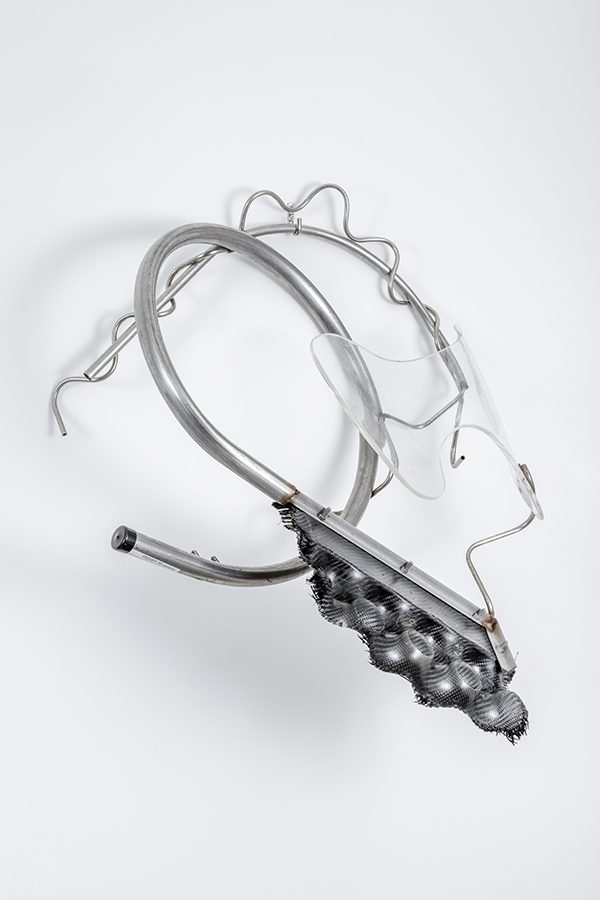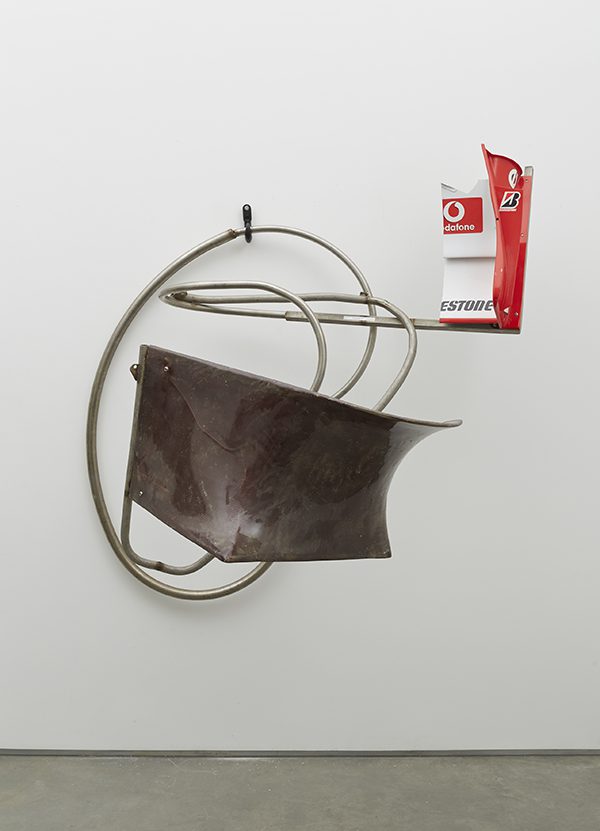ART-PRESENTATION: Frank Stella
 The inspiration to the “Polish Village” series began when Frank Stella stumbled upon pictures of Polish synagogues that were destroyed during the Nazi occupation of Poland in World War II. He was struck by the architecture of the buildings, and his intent for the series was not to create a memorial, but he was accepting a creative challenge at how to address the construction of these buildings. There are 130 large scale paintings in total in this series.
The inspiration to the “Polish Village” series began when Frank Stella stumbled upon pictures of Polish synagogues that were destroyed during the Nazi occupation of Poland in World War II. He was struck by the architecture of the buildings, and his intent for the series was not to create a memorial, but he was accepting a creative challenge at how to address the construction of these buildings. There are 130 large scale paintings in total in this series.
By Dimitris Lempesis
Photo: Sprüth Magers Gallery Archive
Works from Frank Stella’s “Polish Village” and “Bali” series are on presentation at Sprüth Magers Berlin. In 1970 Stella encountered the visual culture of Polish Jews by means of Maria and Kazimierz Piechotka’s book Wooden Synagogues (1959). The discourse arose between American abstract art and a visual identity of Polish Jews that took place in the pre-digital era, at a time when the free flow of ideas was significantly hindered by barriers resulting from different political systems. Frank Stella after receiving Maria and Kazimierz Piechotka’s book “Wooden Synagogues” (1959), from his friend, the architect Richard Meier, Stella began drawing and by the late summer and fall of 1970 had produced 42 sketches. Stella’s “Polish Village” series is experimental in terms of both form and technique, taking the format of large wall reliefs, and is a turning point in his oeuvre. While maintaining the form of shaped canvases familiar from his previous paintings, in the works, Stella replaced the flat collages with reliefs. The process pushed him to abandon the conventional materials of paper and canvas and to work with various materials of increasingly diverse textures. Stella produced three, and occasionally four, variations of each work, with the earliest compositions constructed as two-dimensional collages and later versions containing deeper relief elements projecting into space. The first works were exhibited almost immediately after their production, in New York, Paris and London in the autumn of 1971. The exhibition at Sprüth Magers features reliefs and collages providing insight into successive phases of Stella’s technical and material innovations within the series. “Odelsk I” (1971) is a collage of felt, paint, canvas and wood, executed as a series of geometric interlocking forms. “Olkienniki III” (1972) shows how technically the works evolved throughout the series, exemplifying the move from using rigid wood to more pliable cardboard. More than 30 years after the “Polish Village” series Stella continued his investigations into the relationship between sculpture, painting and architecture with the “Bali” series (2002-2009), inspired by the 1942 anthropological study by Margaret Mead and Gregory Bateson on the people of Bali, Indonesia. The “Bali” works are further expressions of boundless horizons in Stella’s search for new inspirations. The floating planes in his Bali series resemble sails in the wind.
Info: Sprüth Magers Berlin, Oranienburger Straße 18, Berlin, Duration: 8/7-29/10/16, Days & Hours: Tue-Sat 11:00-18:00, www.spruethmagers.com



